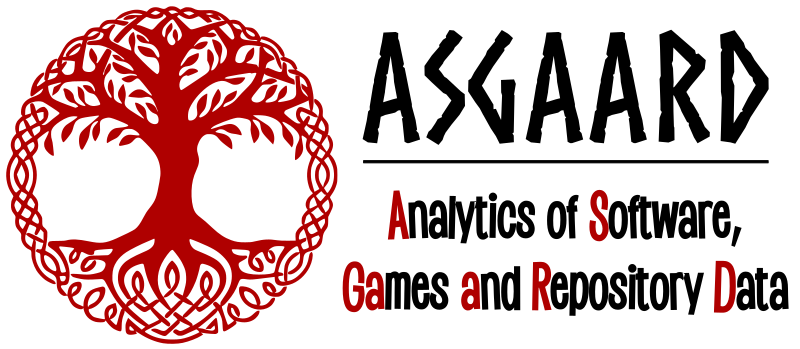Markos’ paper “Identifying Similar Test Cases That Are Specified in Natural Language” was accepted for publication in the Transactions on Software Engineering (TSE) journal! Super congrats Markos! This paper was a collaboration with Dale Paas and Chris Buzon from our industry partner Prodigy Education.
Abstract:
“Software testing is still a manual process in many industries, despite the recent improvements in automated testing
techniques. As a result, test cases (which consist of one or more test steps that need to be executed manually by the tester) are often
specified in natural language by different employees and many redundant test cases might exist in the test suite. This increases the
(already high) cost of test execution. Manually identifying similar test cases is a time-consuming and error-prone task. Therefore, in this
paper, we propose an unsupervised approach to identify similar test cases. Our approach uses a combination of text embedding, text
similarity and clustering techniques to identify similar test cases. We evaluate five different text embedding techniques, two text
similarity metrics, and two clustering techniques to cluster similar test steps and three techniques to identify similar test cases from the
test step clusters. Through an evaluation in an industrial setting, we showed that our approach achieves a high performance to cluster
test steps (an F-score of 87.39%) and identify similar test cases (an F-score of 83.47%). Furthermore, a validation with developers
indicates several different practical usages of our approach (such as identifying redundant test cases), which help to reduce the testing
manual effort and time.”
See our Publications for the full paper.
